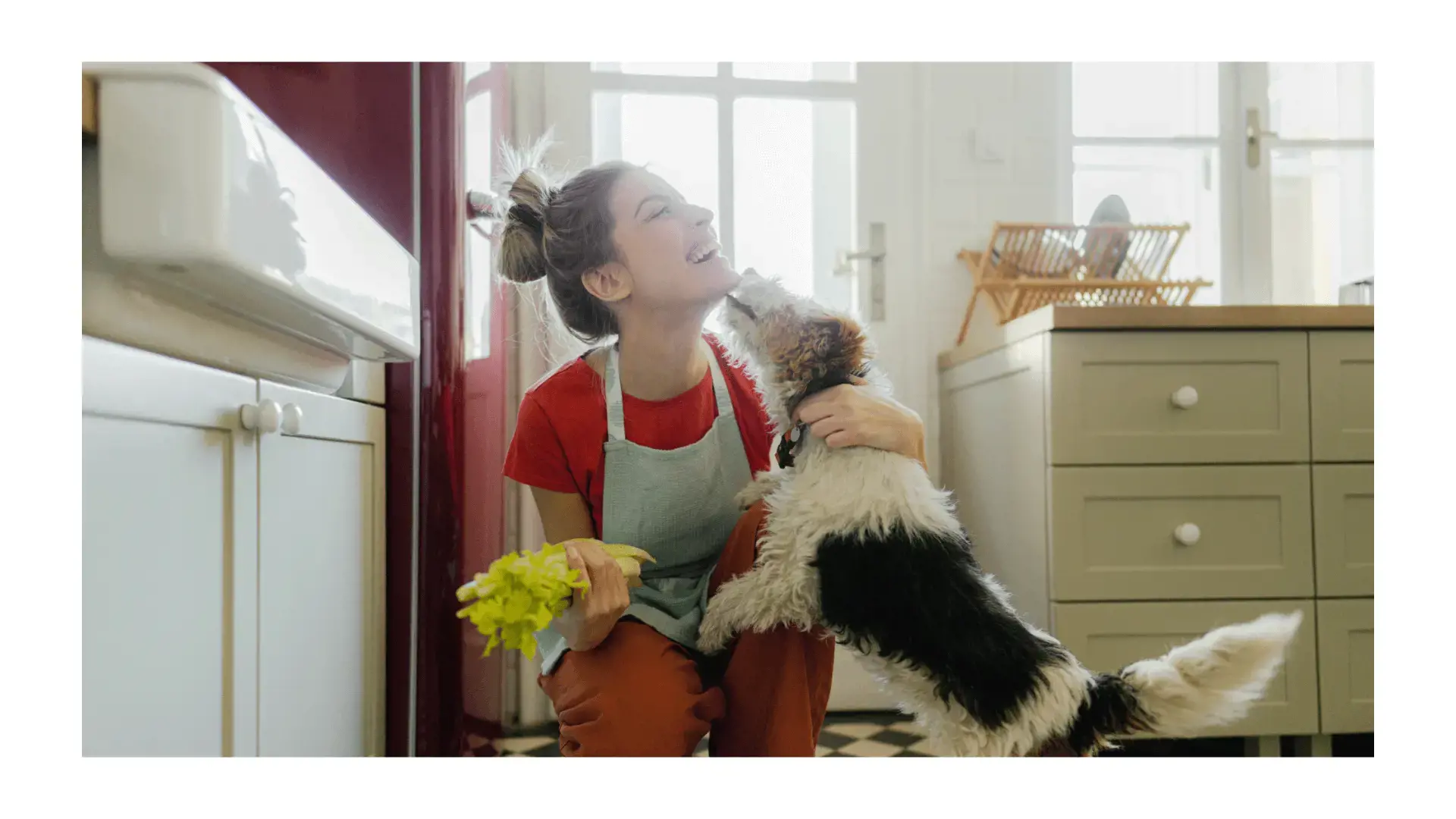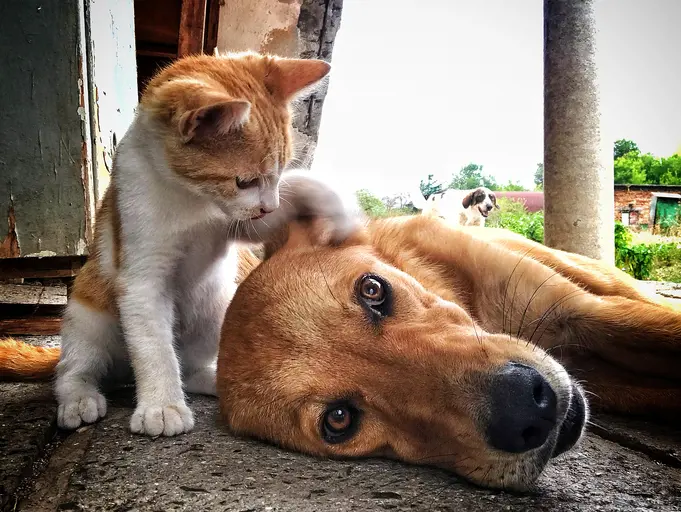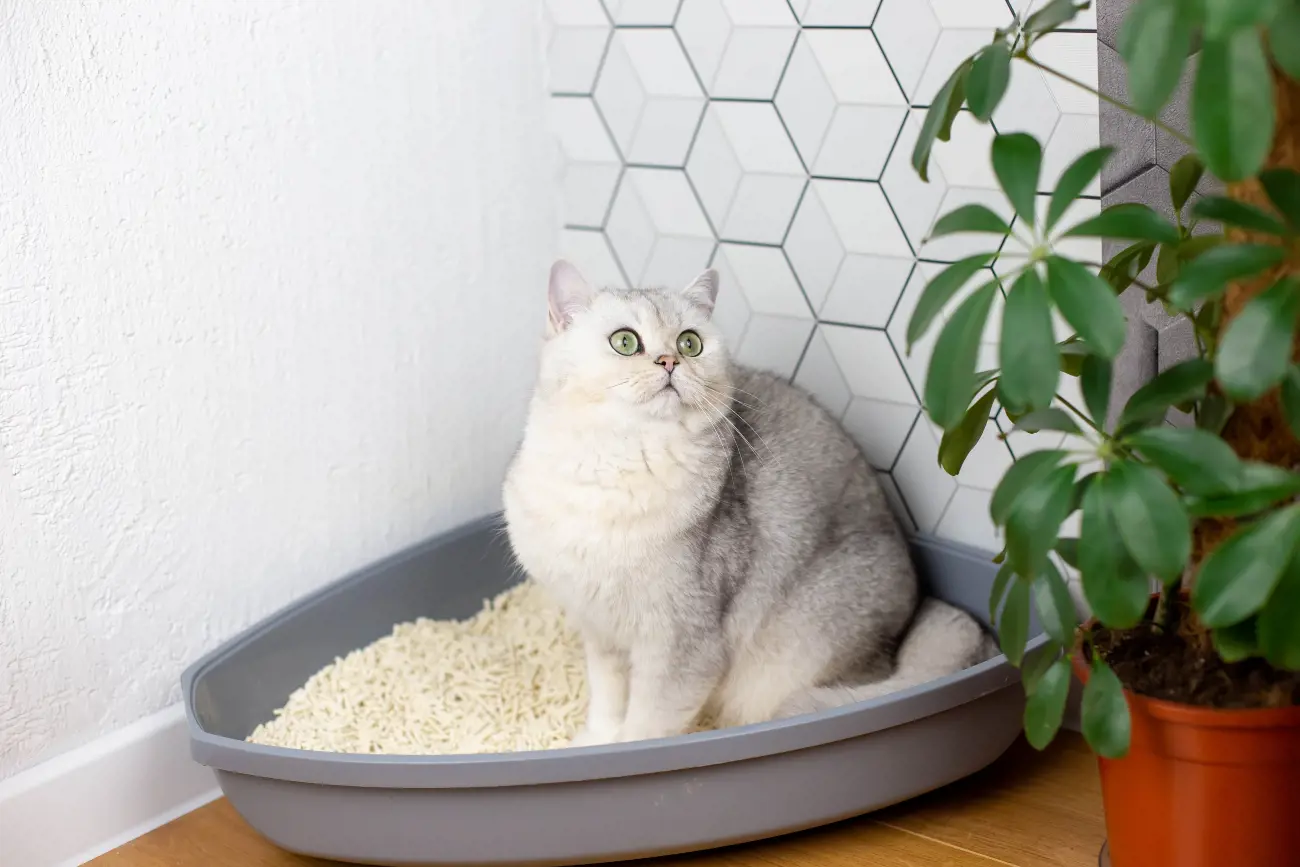Social media trends that may harm pets
29th September, 2025

We all love a good pet video. They make us smile, laugh, share and sometimes unwittingly they place our furry friends in stressful, risky situations. As social media platforms churn out viral content, it’s important for pet owners to understand where cute crosses the line into harm.
The harsh reality behind the ‘cute’ clips
A recent study found:
- Stress reactions were observed in 82% of pet videos
- Risks of injury were present in 52%
- Assumed pain was identified in 30%
This means more than half of viral pet videos show animals in uncomfortable situations- not joyful play.
Source: Full article: Popular but Harmful – How Funny Pet Videos on Social Media Conceal Animal Suffering
Specific harmful trends
Recently, social media has seen a rise in trends where pet owners stage unusual scenarios to observe their dogs’ reactions—such as pretending to faint in front of them or teasing them with everyday objects like cotton buds.
While these videos might seem entertaining, this kind of behaviour can actually confuse and distress dogs. More importantly, it can undermine the trust that forms the foundation of a healthy human-animal bond.
When owners involve their pets in tricks or pranks they don’t understand, it can lead to unnecessary stress and, in some cases, even physical harm.
Building a positive relationship with your dog means respecting their boundaries and ensuring their well-being always comes first.
Source: TikTok trends and their effects on pet behaviour - Veterinary Practice
Why these trends spread
- Algorithms reward shock value. Social media pushes surprising or dramatic content, even at a pet’s expense.
- Owners misread stress signals as ‘cute’ expressions
- Lack of expert oversight. Non-vets spread advice that goes viral, before being fact-checked
How to tell if a pet video shows distress
Look out for:
- Wide eyes showing the whites (whale eye)
- Trembling, resisting or trying to escape
- Ears pinned back, body posture low
- Signs of stress: Panting, licking, yawning repeatedly
Safe ways to share pet content
- Prioritise your pet’s welfare over likes
- Never force them into stressful situations
- Support their natural behaviours instead of staging reactions
- Avoid lifting or holding them in unnatural positions
- Share expert-backed information if giving advice
The bottom line
Social media trends can be entertaining, but they should never come at the cost of animal welfare. As pet lovers, we have the responsibility to make sure our pets are safe, happy, and respected. Both on and off camera.
Helpful Pages
Recent Posts

How much should my dog sleep?
04/11/25
Cook for your Pet Day!
29/10/25
Why do Labradors always look sad?
16/10/25Pet Insurance Quote
- 98% claims paid *
- Claims paid directly to vets
- 24/7 vet video consultations
- Interest free monthly payments

